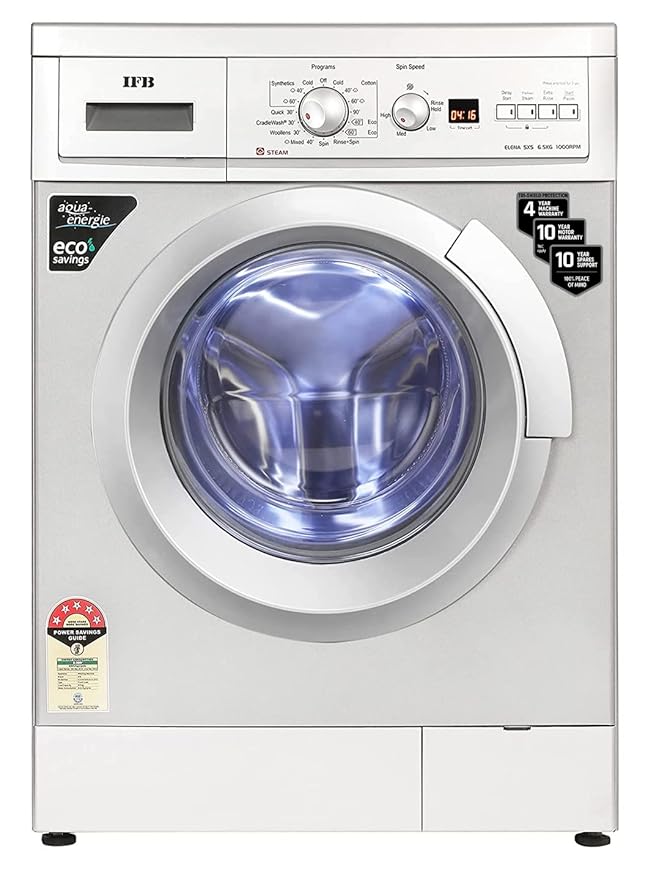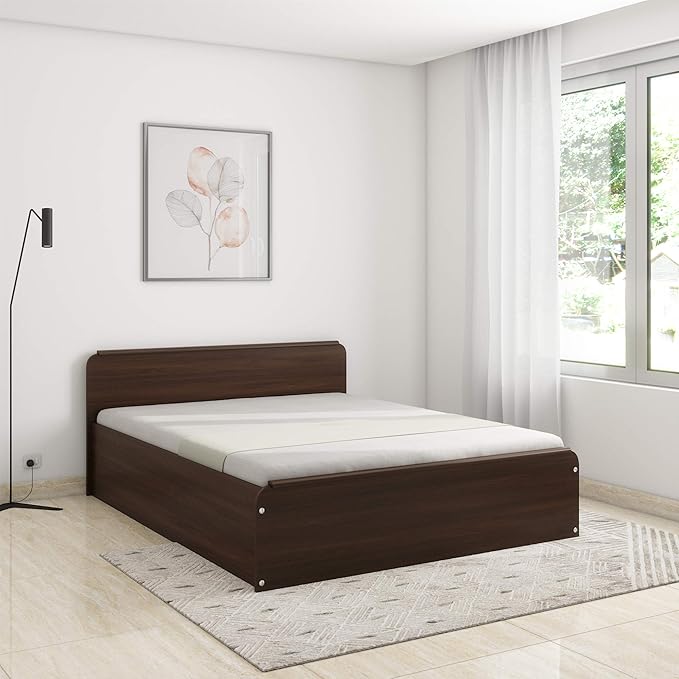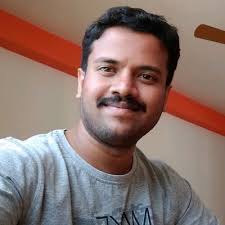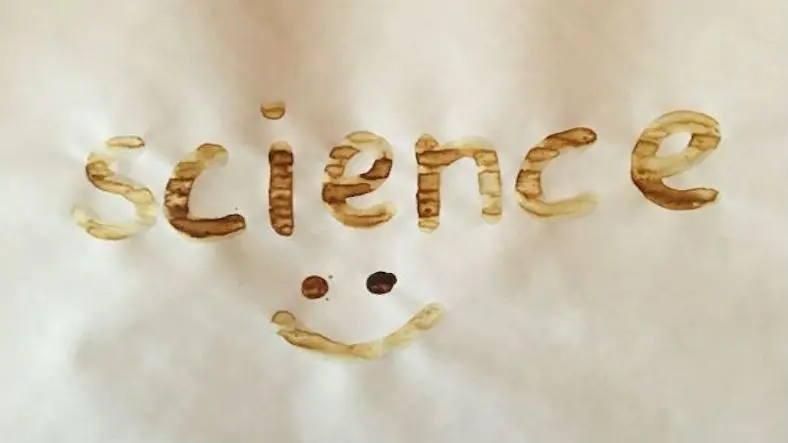Creating a "Rainforest in a Jar" is a fun science project that helps kids learn about the water cycle and how rainforests work. This mini ecosystem shows how water evaporates, condenses and rains, just like in nature.
Here’s a simple guide to make your own rainforest in a jar:
Materials Needed:
- Clear Glass Jar or Large Bowl: This will hold your mini rainforest.
- Plastic Wrap: To cover the jar and keep moisture inside.
- Rubber Bands: To secure the plastic wrap over the jar.
- Small Rocks or Gravel: To create a drainage layer at the bottom.
- Activated Charcoal: To keep the air fresh and prevent smells.
- Potting Soil: This is the growing medium for your plants.
- Small Plants: Choose ferns, moss, or small tropical plants that fit in the jar.
- Spray Bottle: For watering the plants and adding humidity.
- Water: To keep everything moist.
- Small Pebbles or Decorative Stones: Optional, for decoration.
Procedure:
- Clean the Jar: Make sure it’s clean and dry.
- Add Rocks or Gravel: Put a layer of small rocks or gravel at the bottom. This helps with drainage and prevents water from sitting at the bottom.
- Layer of Charcoal: Sprinkle a thin layer of activated charcoal on top of the gravel to keep the environment fresh.
- Soil Layer: Add a layer of potting soil on top of the charcoal. Make sure it’s deep enough for the plants’ roots.
- Plant Small Plants: Gently place the small plants in the soil. Arrange them how you like, leaving space for them to grow. If using moss, spread it over the soil.
- Optionally, place small pebbles or decorative stones around the plants to make it look nice.
- Initial Watering: Use the spray bottle to lightly mist the soil and plants. The soil should be moist but not soggy.
- Cover with Plastic Wrap: Cover the top of the jar with plastic wrap and secure it with rubber bands. This traps moisture and mimics a rainforest environment.
- Put the jar in a spot with indirect sunlight. Avoid direct sunlight, as it can overheat the jar and harm the plants.
- Watch for Condensation: Over time, you should see water droplets forming on the plastic wrap. This shows how evaporation and precipitation work.
- Notice how water evaporates from the soil and plants, condenses on the plastic wrap and then drips back down, creating a self-sustaining ecosystem.
Scientific Explanation:
- Water Cycle: This project shows the water cycle, where water evaporates, forms condensation and then falls back as rain.
- Ecosystem Balance: Your mini rainforest creates a balanced environment for plants to grow, recycling moisture like a real rainforest.
- Humidity and Condensation: The plastic wrap keeps humidity in, creating conditions similar to a real rainforest.
Tips for Success:
- Monitor Moisture Levels: Keep the soil moist but not too wet to avoid mold.
- Adjust Ventilation: If there’s too much condensation, you can briefly open the plastic wrap to let some moisture escape, then reseal it.
- Plant Selection: Choose plants that do well in humid conditions and are suitable for small spaces.
Safety Considerations:
- Handle Glass Carefully: Be careful with the glass jar to avoid breaking it.
- Supervise Planting: Watch children while they plant to ensure safe handling of soil and plants.
The “Rainforest in a Jar” project is a hands-on way to learn about the water cycle and how rainforests work. By creating this closed environment, kids can see important environmental processes in action and gain a better understanding of nature. This experiment encourages curiosity and a love for the natural world.
Thanks for reading the article, for more Science and Technology related articles read and subscribe to peoples blog articles.















